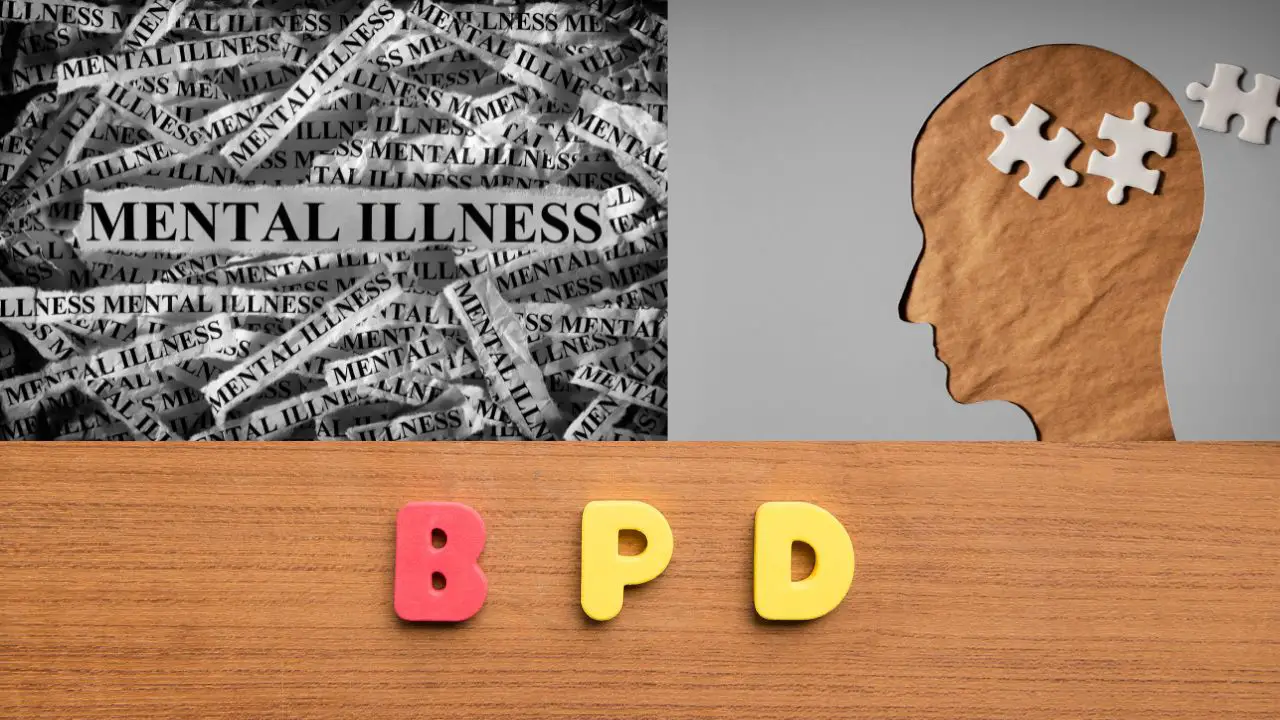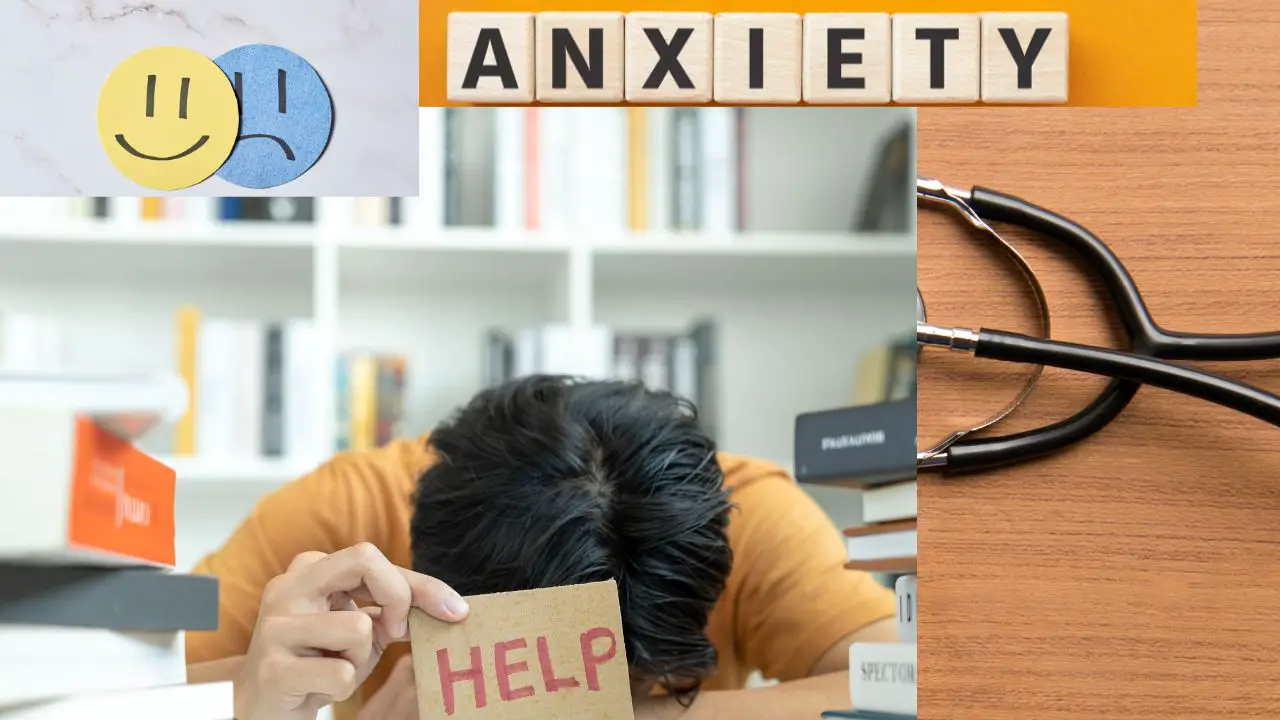Borderline Favourite Person (FP): Understanding the Intense Bond
Borderline personality disorder (BPD) is a mental health condition often characterized by emotional instability, impulsivity, a fear of abandonment, and tumultuous interpersonal relationships. Within these relationships, the concept of a “favorite person” (FP) becomes crucial to understanding the dynamics experienced by people with BPD.
What is a Borderline Favourite Person?
- An FP is the person a person with BPD intensely focuses on, idealizes, and becomes emotionally dependent upon.
- FPs can be anyone – romantic partners, friends, family members, even therapists or mentors.
- This relationship is defined by a strong need for validation, fear of abandonment, and rapidly shifting emotions toward the FP.
Statistics on Borderline Favourite Person
- Prevalence: While data varies across studies, research suggests a significant portion of individuals with BPD report having an FP. A study published in the Journal of Personality Disorders found that 73% of participants with BPD reported having “an individual they felt especially close to and dependent upon.” [Source: Journal of Personality Disorders, 2008]
RELATED POST: BPD Favorite Person vs Crush: Navigating Emotions:
- Idealization/Devaluation Cycle: Many people with BPD experience a cycle of intense idealization of the FP followed by periods of devaluation and anger. Research suggests this cycle might occur in up to 80% of individuals with BPD. [Source: National Institute of Mental Health, 2019]
- Relationship Instability: A study published in Personality and Individual Differences found that over 50% of individuals with BPD reported experiencing frequent breakups and conflicts in their relationships, including with their FPs. [Source: Personality and Individual Differences, 2010]
The Impact of a Borderline Favourite Person Relationship
- For the person with BPD: FPs can provide a sense of security and validation, but also trigger fears of abandonment. This might lead to emotional outbursts, self-harm, or other harmful behaviors.
- For the FP: Being the FP can be emotionally draining and overwhelming. FPs often feel responsible for the emotional well-being of the person with BPD, leading to burnout and resentment.
Coping and Treatment Of Borderline Favourite Person Problems:
- Therapy: Therapy modalities like Dialectical Behavior Therapy (DBT) can help people with BPD learn emotional regulation skills, build healthier communication patterns, and manage the intensity of FP relationships.
- Support for FPs: Therapy and support groups for FPs are available to help them cope with the challenges of being in this kind of relationship.
Important Notes:
- Not every individual with BPD will have an FP
- The intensity of the FP relationship can vary over time.
- With proper treatment, people with BPD learn to have healthier, more balanced relationships.
Disclaimer: It’s essential to remember that every individual with BPD is unique, and their experience with FPs can vary. This information serves as a general overview.
I hope this revised version provides the specific statistics you were looking for. Please let me know if you have any further questions.
RELATED POST: 10 Symptoms & Signs of a Favorite Person in BPD
Borderline Favourite Person and Celebrities: Exploring the Connection:
While the concept of an FP is typically associated with people in one’s personal life, it’s not uncommon for individuals with BPD to form intense emotional connections with celebrities. This can happen for a variety of reasons:
1. Idealization: Celebrities often represent qualities that individuals with BPD idealize. Their fame, success, and persona might make them seem perfect and untouchable, sparking an intense emotional attachment.
2. Emotional Resonance: Celebrities who openly discuss their struggles or share experiences that resonate with individuals with BPD can create a sense of connection and understanding.
3. Escapism: For some, forming an emotional bond with a celebrity offers an escape from the challenges of real-life relationships.
4. Sense of Belonging: Feeling a connection to a celebrity can provide a sense of belonging to a community of fans who share similar emotions and interests.
Navigating the Dynamics of BPD Favorite Person and Celebrity:
While forming an emotional bond with a celebrity can be comforting, it’s important to consider some factors:
1. One-Sided Nature: Unlike personal relationships, the connection with a celebrity is typically one-sided. The celebrity isn’t aware of the emotional bond, making it a one-way dynamic.
2. Managing Expectations: It’s essential to manage expectations. Celebrities have public personas that might differ from their real selves, and projecting idealized qualities onto them can lead to disappointment.
3. Balancing Real-Life Connections: While an FP might be a celebrity, it’s crucial to maintain real-life connections with friends, family, and support networks for emotional well-being.
4. Seeking Professional Guidance: If the emotional bond with a celebrity becomes overwhelming or begins to interfere with daily life, seeking therapy can be beneficial.
Conclusion:
Can an FP be anyone, even a celebrity? The answer is yes, but the dynamics of such a connection are distinct from those of personal relationships. While forming an emotional bond with a celebrity might offer comfort and connection, it’s crucial to approach it with a balanced perspective and to prioritize real-life relationships and self-care. Understanding the complexities of FPs, whether they’re personal or celebrity figures, empowers individuals with BPD to navigate their emotional landscape with mindfulness and self-awareness.



